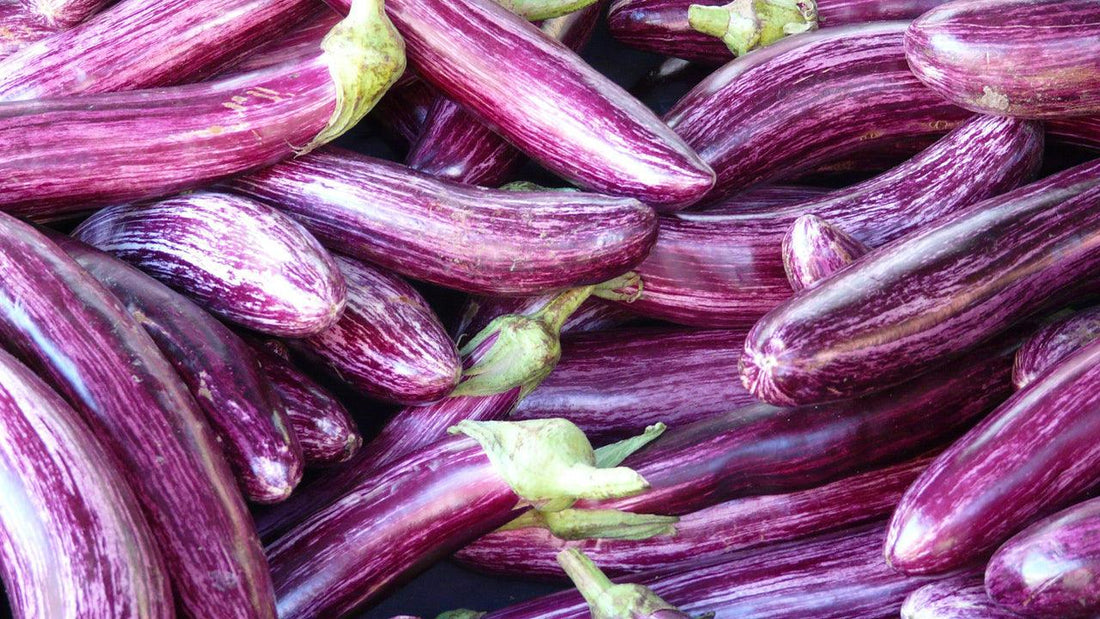Eggplants are beautiful plants that are a cornerstone of edible landscaping and excellent for container gardening. Even better, they are delicious, and there are practically limitless ways to prepare them. With a little planning, anyone can grow these wonderful veggies.
Selecting Your Varieties
There are two categories of eggplants to select from: Italian and Asian. Italians are the classic eggplants, while Asian varieties tend to be long and narrow with a variety of colors. When selecting the best variety for your garden, consider flavor, disease resistance, and color preferences.
Planting Your Seeds
Eggplants should be started indoors at least 4 to 6 weeks before the last frost. Use a seed-starting mix such as Quickroot. Keep them warm using a heat mat and provide ample light with grow lights.
Moving Eggplants Outdoors
Eggplants thrive in warm soil and full sun. Space transplants 18 to 24 inches apart and ensure they have proper calcium levels with supplements like oystershell lime.
Summer Success in the Garden
Water regularly, mulch for moisture retention, and stake plants as they mature. Keep an eye out for pests and diseases, and manage them appropriately.
Eggplant Seeds
From Plant to Plate
Eggplants are best harvested when their skin is shiny and before the seeds harden. They can be grilled, roasted, or preserved for later use.


